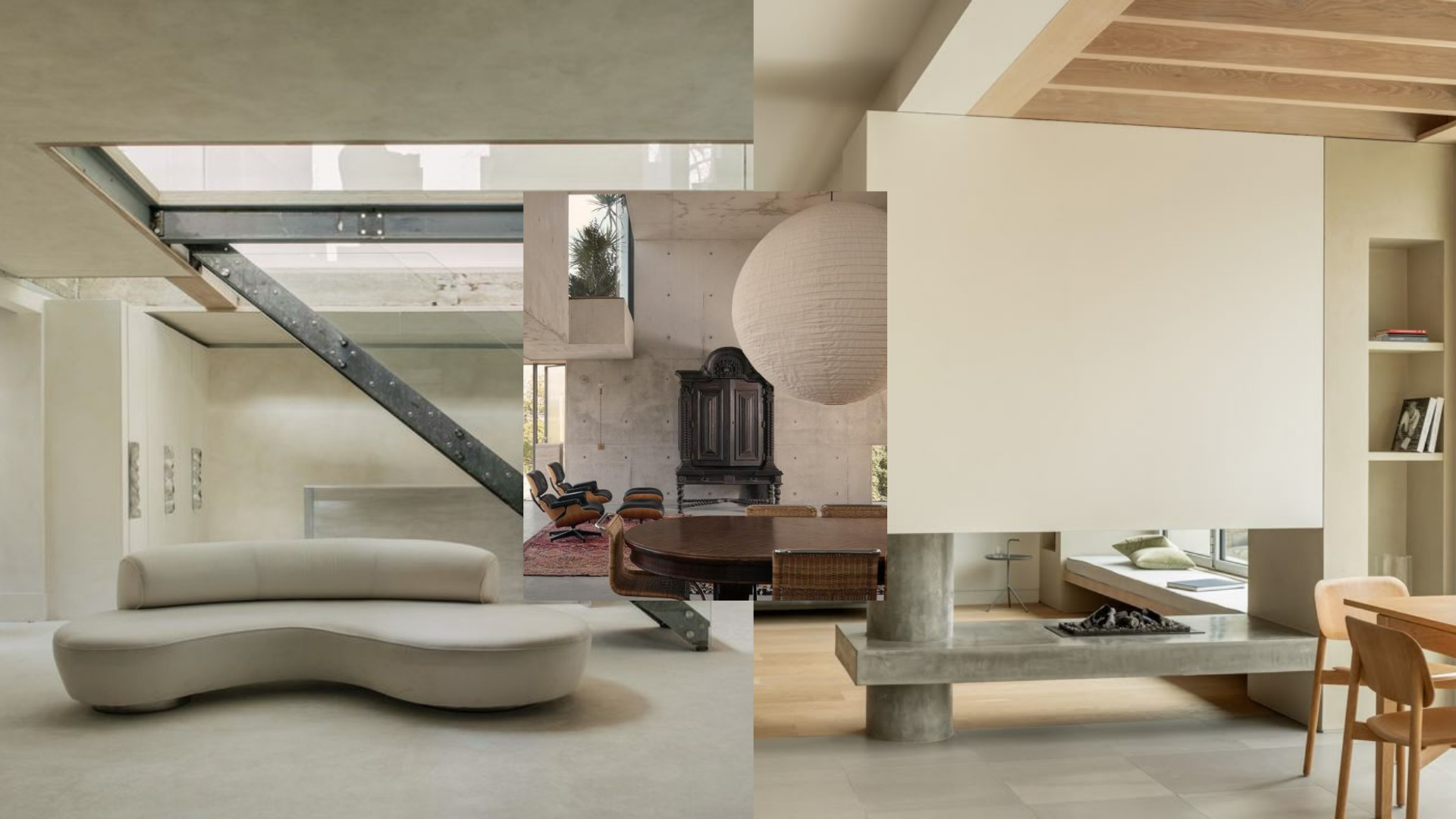Luxury in interior design has long been synonymous with perfection: flawless finishes, symmetrical compositions, and meticulously curated aesthetics. However, a new movement is emerging—one that embraces imperfection and seeks authenticity in raw, natural lighting. This shift aligns with broader trends in biophilic design, sustainability, and the growing appreciation for craftsmanship over mass production.
The Shift Towards Raw, Natural Lighting
In the past, artificial lighting was seen as a way to control and perfect interiors, eliminating inconsistencies caused by natural light variations. Today, the narrative is changing. Designers and architects are leveraging natural light to create dynamic spaces that evolve throughout the day. This approach reflects a deeper understanding of human psychology and well-being, echoing concepts found in Japanese wabi-sabi philosophy—the beauty of imperfection and transience.
Studies show that exposure to natural light enhances mood, boosts productivity, and even improves sleep quality. The WELL Building Standard and LEED certifications now prioritize daylight integration, reinforcing the importance of designing with nature rather than against it.

Raw Lighting as a Design Statement
Natural light is unpredictable—it shifts with the seasons, casts organic shadows, and highlights textures in ways that artificial lighting cannot replicate. High-end residential and hospitality projects are now embracing this imperfection by:
Maximizing Light Flow: Open-plan layouts, floor-to-ceiling windows, and skylights create uninterrupted connections with the outdoors.
Emphasizing Materiality: Raw materials like linen, stone, and unfinished wood interact beautifully with changing daylight, adding depth and tactility to interiors.
Utilizing Sheer and Layered Textiles: Instead of heavy drapes that block light, translucent fabrics diffuse it gently, creating an ethereal glow.
Framing Shadows as Art: Instead of eliminating shadows, designers are now using them to enhance a room’s character, much like ancient architecture did with light wells and courtyards.
The Intersection of Technology and Natural Light
While the movement celebrates imperfection, it doesn’t reject innovation. Smart glass technology and automated shading systems complement natural light patterns, ensuring a seamless balance between organic and controlled illumination. Additionally, advanced daylight simulation software allows designers to analyze and optimize natural light exposure in a given space before construction even begins.

How to Incorporate Raw Lighting in Your Space
For those looking to embrace this philosophy in their own interiors, here are some actionable design tips:
Observe and Adapt – Instead of forcing a rigid lighting scheme, study how light interacts with your space at different times of the day and adjust accordingly.
Prioritize South-Facing Light – South-facing rooms receive the most consistent natural light, making them ideal for living areas.
Use Reflective Surfaces Strategically – Textured limewash walls, matte finishes, and mirrors can subtly diffuse or amplify natural light without overpowering it.
Design with Nature in Mind – Incorporate elements like indoor gardens, courtyards, and water features to enhance the interplay between light and organic matter.
Invest in Bespoke Lighting Solutions – Handmade or artisanal lighting pieces, such as Lumiere Shades’ linen lamps, respond to natural light changes and add warmth and uniqueness to a space.
A New Definition of Luxury
The future of luxury is not about excess, but about experience. Raw, natural lighting fosters a deeper connection to the environment, enhances well-being, and adds an evolving, living element to design. As we move towards more mindful and sustainable living, embracing the imperfect beauty of natural light is not just a trend—it’s a paradigm shift in how we define high-end interiors.


